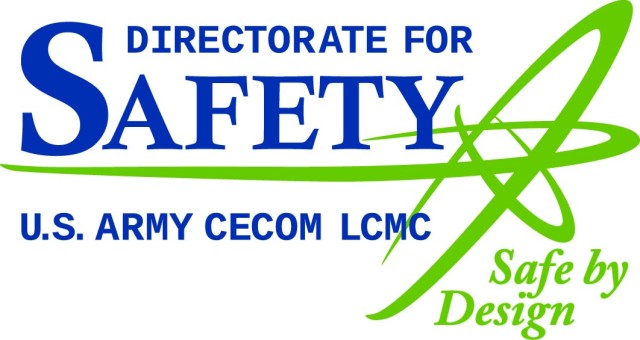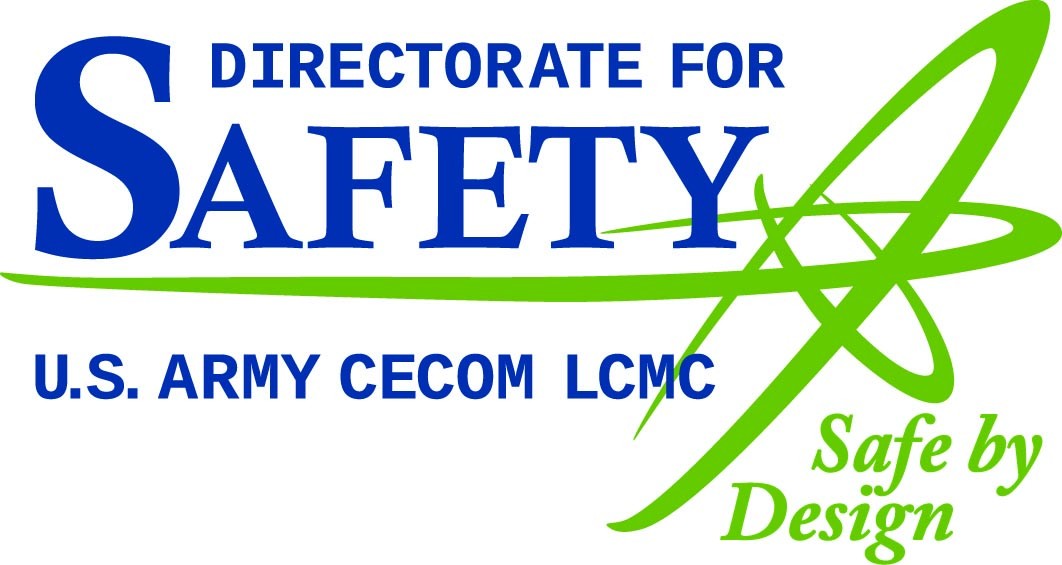As the summer kicks into high gear, Fourth of July celebrations and fireworks displays, are just around the corner. The American Pyrotechnics Association reported $940 million in recorded fireworks industry revenue in one recent year.
According to reports from APA, fireworks use in the United States rose from 29 million pounds in 1976 to more than 265.5 million pounds in 2007. That jump represents a 920 percent increase in fireworks consumed, compared to a more than 90 percent decrease in fireworks-related injuries per 100,000 pounds.
Fireworks injuries have decreased by 70 percent in the last ten years, according to the National Safety Council. Although the numbers are down, in calendar year 2008 an estimated 7,000 injuries caused by fireworks were treated in U.S. hospital emergency rooms, as cited in a U.S. Consumer Product Safety Commission 2008 annual report.
The Army Communications-Electronics Command's Directorate for Safety aims to share information regarding summer safety and to educate personnel on the dangers of fireworks and ways to prevent injury.
"We want our personnel to be aware of the dangers in fireworks and handle them with caution," said Bob McNabb, safety manager for CECOM Directorate for Safety at APG. He said that fireworks, although a lot of fun and visually appealing, are still small explosives and should be handled with caution.
"The Consumer Product Safety Commission and fireworks industry have done a tremendous job of regulating fireworks," said Ralph Apel, president of the National Council on Fireworks Safety. "Before fireworks are imported, they are tested in their country of origin, deemed safe and then imported to the U.S."
Maj. Gen. Randolph P. Strong, CECOM commander, reminds personnel to "keep in mind that many states have strict laws involving fireworks and some states, New Jersey included, prohibit all consumer fireworks such as Roman candles, bottle rockets, sparklers, firecrackers, and novelty items such as: "snakes," airplanes, round spinners, helicopters, fountains, and party poppers."
The CPSC and NCFS offer the following fireworks safety tips and information:
-Did you know lit sparklers can reach temperatures up to 2,000 degrees Fahrenheit' Be cautious to not catch clothes on fire or in using near children.
- Only use fireworks outdoors.
- Read and follow all warnings and instructions before igniting fireworks.
- Obey all local laws regarding the use of fireworks.
- Ensure that spectators are out of the range of the fireworks.
- Only light fireworks outside on a smooth, flat surface away from the house and flammable materials. If drought conditions are present, avoid using fireworks altogether.
- Never try to relight fireworks that have not fully functioned.
- Always have a bucket of water, or water hose, nearby.
- Alcohol and fireworks never mix!
- Parents should pay special attention to children using sparklers, which can cause serious injury if not handled correctly.
- Keep your distance from other people who are using sparklers or lighting their own fireworks; bystanders are more frequently injured by fireworks than the people who are using them!
- If an injury occurs, stay calm. If your clothing catches on fire, lie on the ground, cover your face with your hands, and roll.
- If you get something in your eye from a fireworks explosion, don't rub or rinse your eye. Have your friends or family take you to the emergency room immediately.
For more information on fireworks safety and state laws, visit www.fireworksafety.com.




Social Sharing